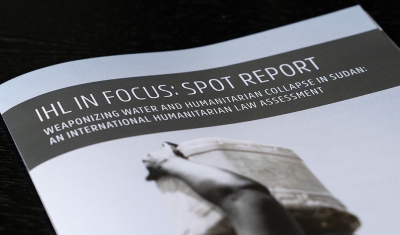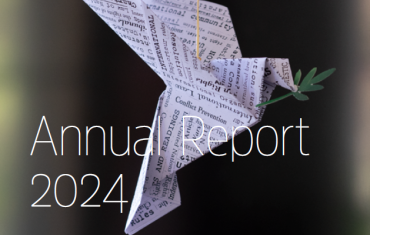The Syrian Armed Conflict: Nearing the End?


ICRC
8 January 2019
Our new War Report article The Syrian Conflict: Nearing the End?, written by Marija Sulce, provides an overview of the current situation in Syria, details the role and involvement of the various armed groups in the multiple and overlapping non-international armed conflicts that are taking place throughout the country, and maps foreign involvement of countries like the United States (US), Turkey, Iran or Russia in the international armed conflicts that are ongoing in Syria.
This short publication also reviews key developments in 2018, as well as war crimes allegations, investigations and prosecutions, including the work of the International, Impartial and Independent Mechanism.
It will form part, along with other analysis of conflict situations, of the War Report 2018 which will be published in the first quarter of 2019.
Grasping with a Complex Mosaic involving Several Armed Groups and Foreign Interventions
The article provides the tools to understand the complex dynamics that are at stake in Syria and recent developments, including the decline of the Islamic State, Assad’s territorial gains and the US announcement on 20 December 2018 of the full withdrawal of its troops.
‘While it seems that the conflict is nearing the end, the current situation in Syria is still highly volatile’ underlines Dr Annyssa Bellal, Strategic Adviser on International Humanitarian Law at the Geneva Academy and Editor of the War Report.
‘Several armed groups continue to operate in Syria, issues such as humanitarian access remain crucial and the involvement of different states like Turkey or Iran generates an extremely complex situation’ she adds.

War Crimes Allegations, Investigations and Prosecutions
The article also reviews the main allegations of war crimes committed in Syria by the various parties to the conflict, and the work of the newly established International, Impartial and Independent Mechanism.
Syria in the Rule of Law in Armed Conflict Conflicts Online Portal
The Rule of Law in Armed Conflicts (RULAC) online portal provides information on the classification of the international armed conflicts and non-international armed conflicts that are taking place in Syria, identifies the parties to these conflicts, and the applicable law.










